home vintage cameras index

Kodak Reflex II • 1948-54
Operating Instructions are at the Butkus site.
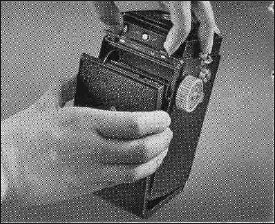
To use the camera today, one needs to take into account the fact that it was designed around Kodak's 620 film format which is no longer available. My initial answer to that was to use 120 film with the spool ends trimmed down flush with the paper backing, which allows the film cartridge to fit into the camera. It is a tight fit, so it will be helpful for those using this method to unspool enough of the paper backing to allow the takeup spool to get a good grip before trying to push the cartridge into the feed side. Once in place, the film should move through the camera smoothly. More recently, I have begun re-rolling 120 film onto the old metal 620 spools, and this does smooth the film advance. Either way, there is some irregularity in the frame spacing, which may be the result of thinner backing paper on modern roll films. One easy solution to that is to just use the red window rather than depending on the camera's auto-frame spacing mechanism.
For those accustomed to other TLR cameras like the Rollei or the Yashicamat, the Kodak will take a little getting used to. Once the routines of film advance, shutter cocking and focusing have been practiced a bit, however, the Reflex II is about as fast and easy as any other similar camera. Even with the relatively bright viewing screen, I find I generally like to focus precisely using the flip-up magnifier lens. A cable release can also be helpful when shooting at slow speeds.
My camera came to me in quite good shape for its age, but did require some cleaning of lenses, view screen and shutter. Shutter and lens access is actually somewhat easier than on many other TLR cameras, but it was also a big help to have Rick Oleson's exploded-view drawing in getting things apart and back together again. Another excellent resource for Reflex II restoration is the berndtmn camera repair page on Flickr.
Below are some sample images from the camera:
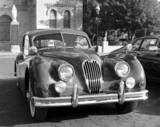
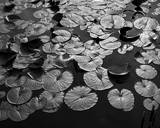
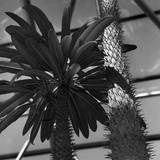
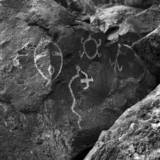
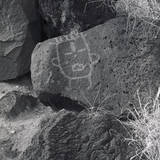
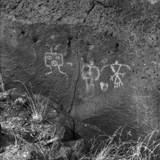
home vintage cameras index
 © mike connealy
© mike connealy